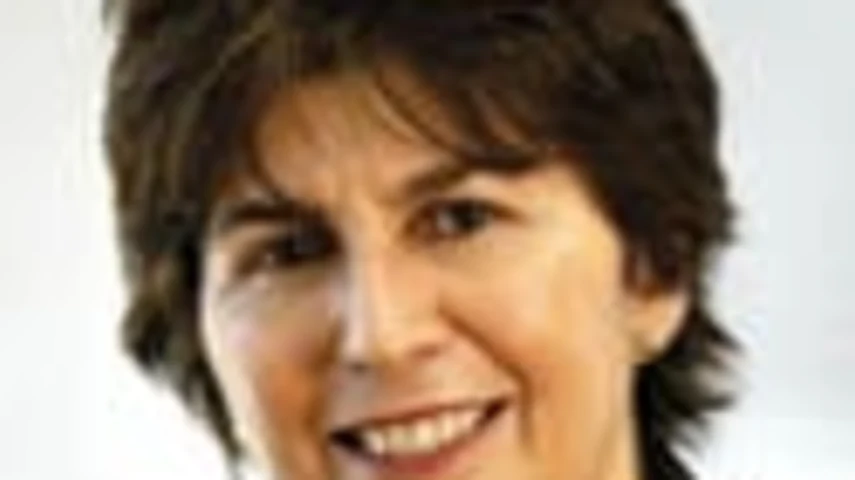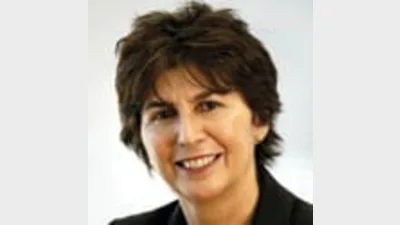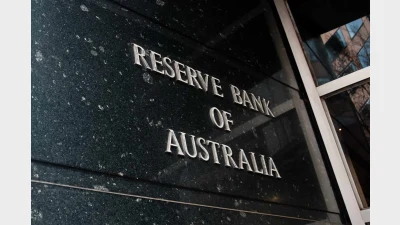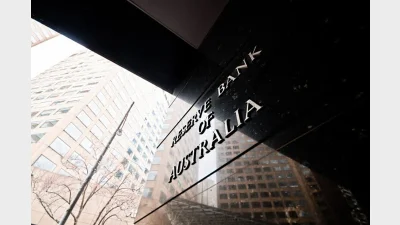Australians ready to embrace higher SG



 |
| Pauline Vamos
|
The Association of Superannuation Funds of Australia (ASFA) has pointed to the additional $10 billion a year being paid into superannuation accounts — on top of the 9 per cent super guarantee (SG) — as evidence that workers are prepared to accept an increase in the SG.
ASFA chief executive Pauline Vamos also said the data demonstrated many employers recognised that a 9 per cent SG was insufficient to fund a reasonable lifestyle in retirement.
"A great many employers are going above and beyond the legal requirements to help their employees achieve dignity in retirement," Vamos said.
According to the research released by ASFA, 23 per cent of all wage and salary earners receive employer contributions above 9 per cent — typically in the range of 10-12 per cent.
"We have found there are some employer contributions that are well in excess of this amount, particularly for employees in defined benefit funds. Critics of increasing the SG say that going from 9 per cent to 12 per cent is too big a jump. Today's research shows that, already, nearly a quarter of the workforce is receiving, on average, between 10 per cent and 12 per cent."
The results of the research add weight to the argument put forward by most industry bodies that the SG should be increased. Earlier in the week, a Coredata survey commissioned by the Australian Institute of Superannuation Trustees found that more than 60 per cent of those surveyed would support an increase in the SG and would be prepared to pay for the increased contribution from wages.
Commenting on the release of its research, ASFA said all the data points to the need to increase the SG to 12 per cent — a move the public is willing to accept.
"Today's research supports the widespread desire from the community at large and recent calls by a number of prominent industrial and political figures for an increase in the SG from 9 per cent to 12 per cent."
ASFA said the industries most likely to provide contributions above the SG are those where the public sector dominates — along with the oil, mining, construction, banking and finance/investment industries.
Recommended for you
Large superannuation accounts may need to find funds outside their accounts or take the extreme step of selling non-liquid assets under the proposed $3 million super tax legislation, according to new analysis from ANU.
Economists have been left scrambling to recalibrate after the Reserve Bank wrong-footed markets on Tuesday, holding the cash rate steady despite widespread expectations of a cut.
A new Roy Morgan report has found retail super funds had the largest increase in customer satisfaction in the last year, but its record-high rating still lags other super categories.
In a sharp rebuke to market expectations, the Reserve Bank held the cash rate steady at 3.85 per cent on Tuesday, defying near-unanimous forecasts of a cut and signalling a more cautious approach to further easing.











